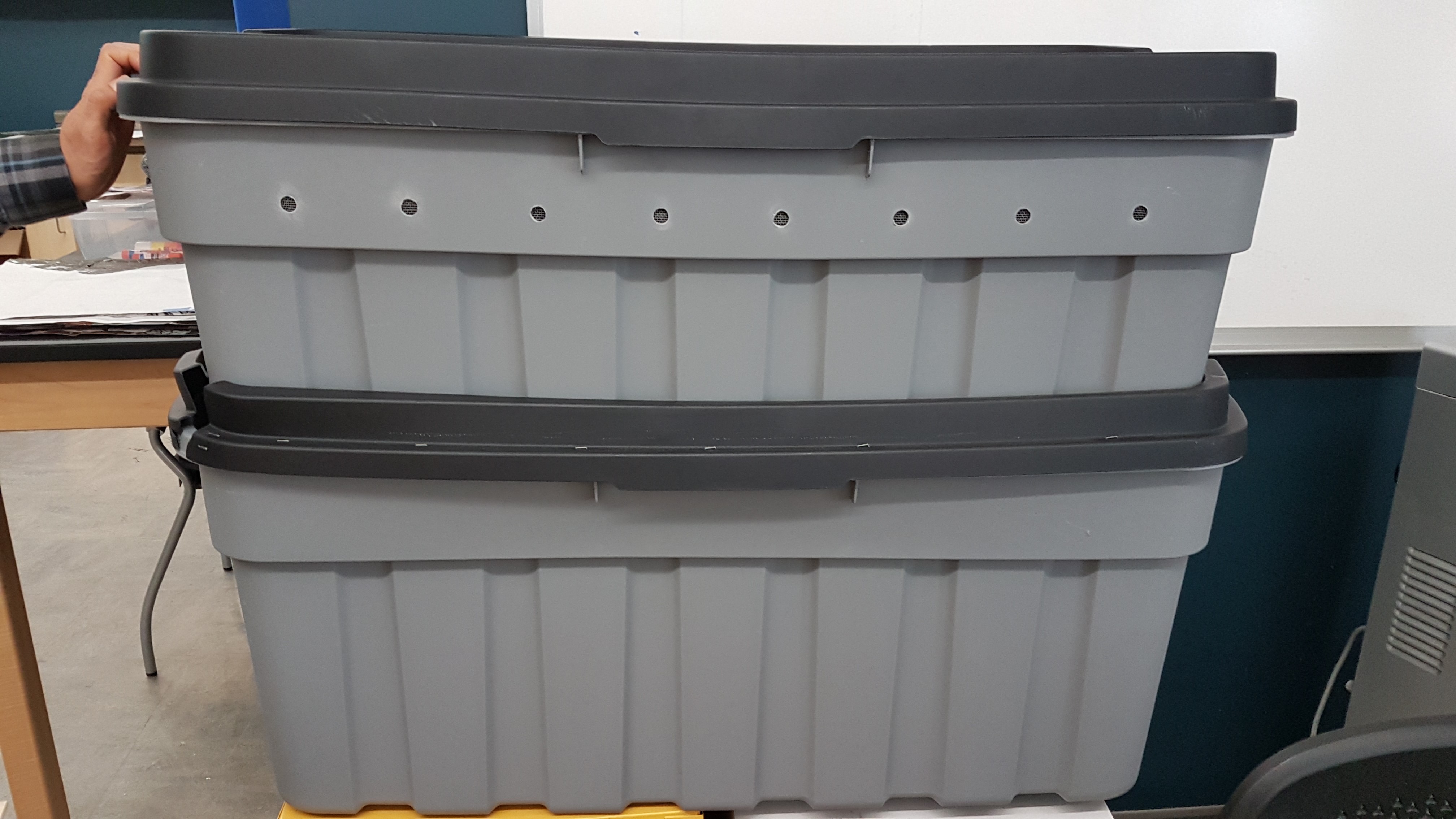2021, Sacramento, CA, USA
Anh Nguyen and Nicholas Vang, students in Grant High School’s GEO academy, are concerned about climate change. They live in a highly urbanized area, with little natural vegetation, and therefore wanted to add elements to the landscape that might help minimize the effects of climate change. They did some research and learned that doubling Sacramento’s urban tree canopy has the potential to remove thousands of tons of Carbon dioxide annually. The students decided to plant trees in their community, as they would absorb CO2, provide shade, and help reduce the heat-island effect. As they were choosing different species to plant, they decided to also include apple trees that would provide fresh fruit to residents as well as habitat and nectar for pollinators. The students also planned to reach out to the diverse cultural groups that they are connected to (Hmong, Lao, Vietnamese) to make information about tree planting and watershed benefits accessible, even to those who do not speak English.

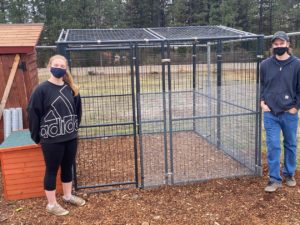

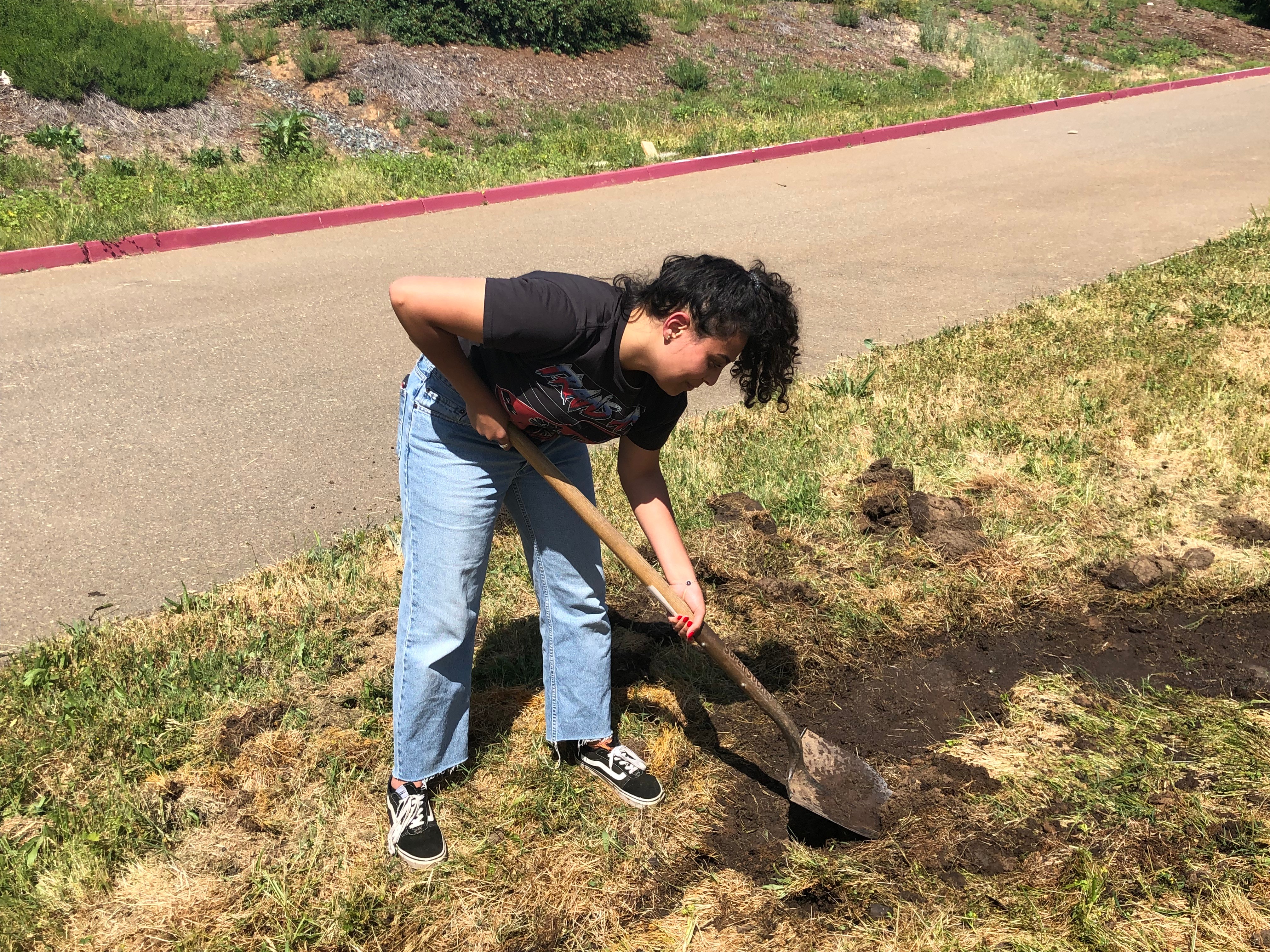

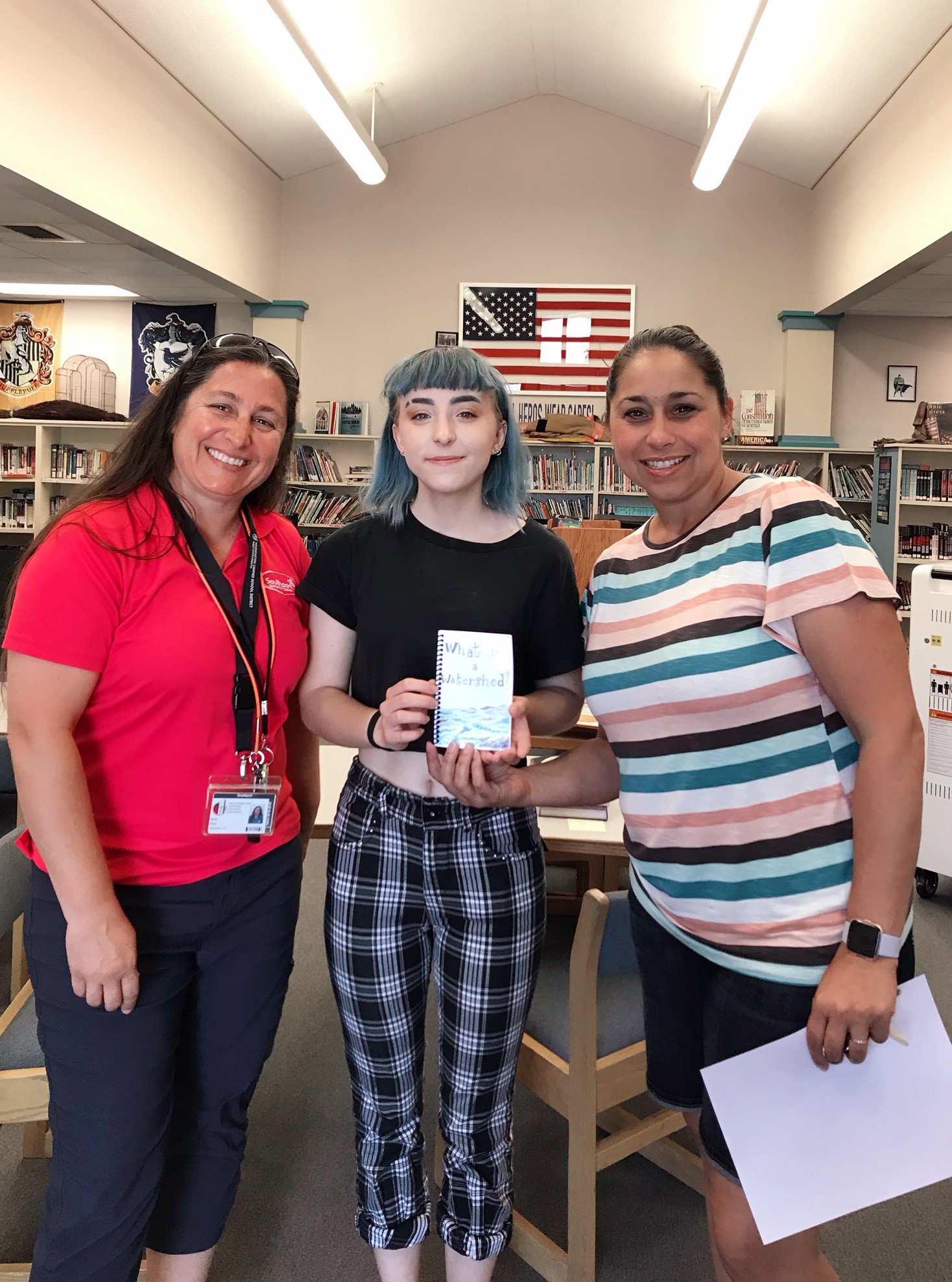 2019, West Sacramento, California, USA
2019, West Sacramento, California, USA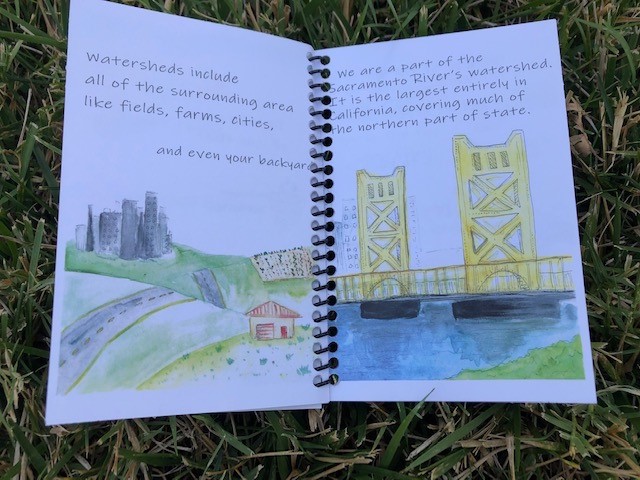
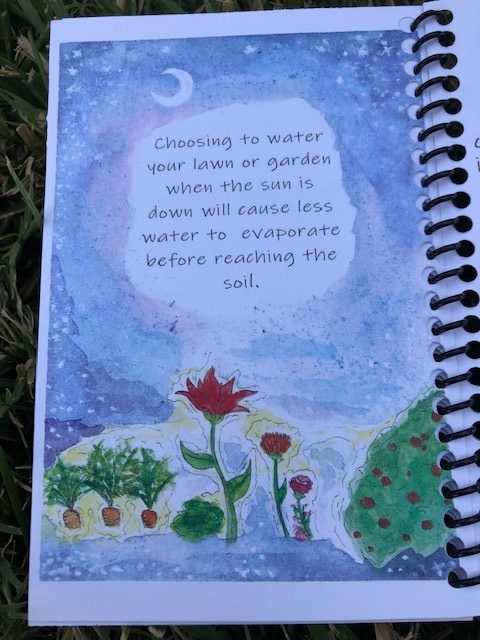
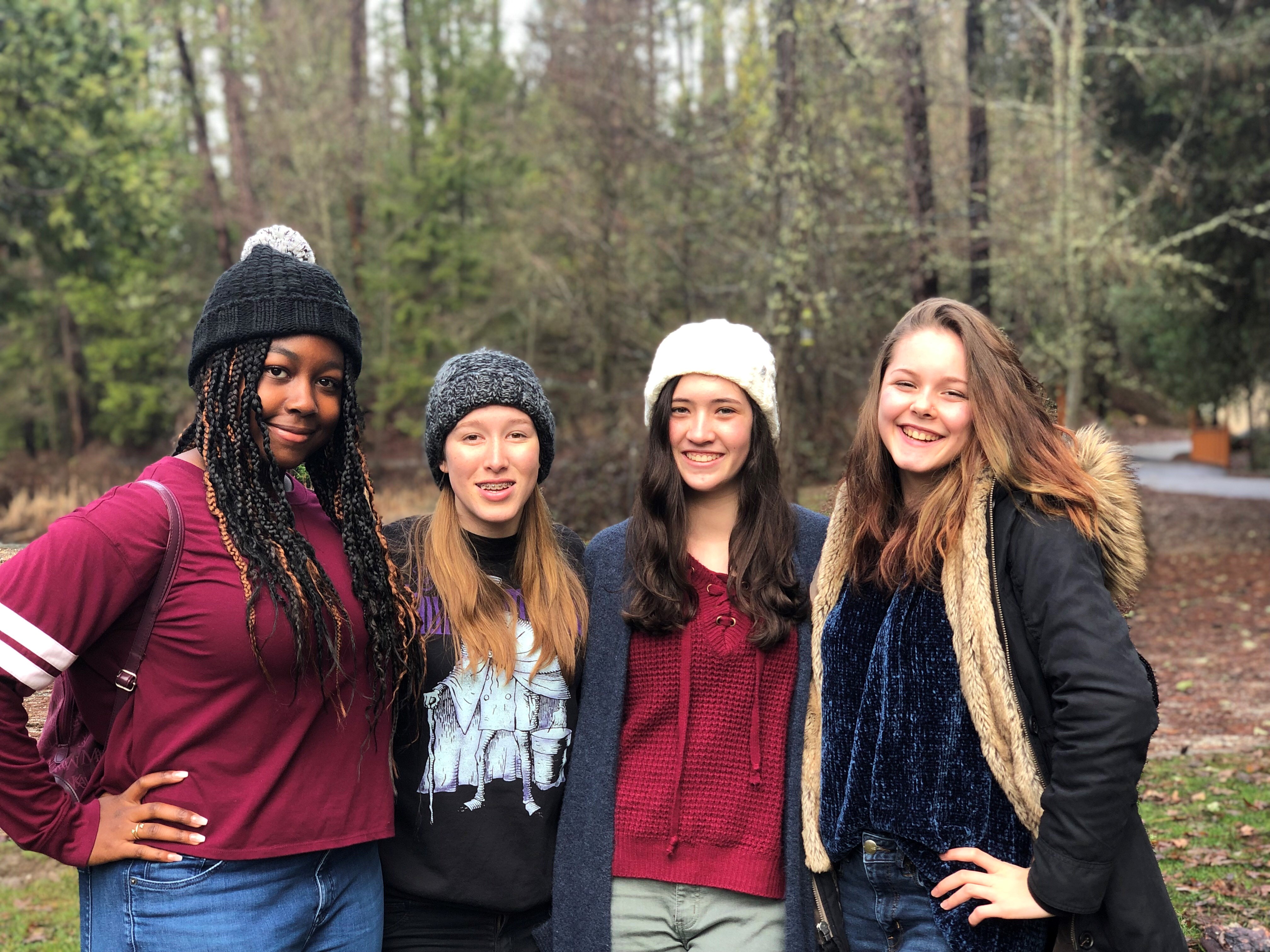
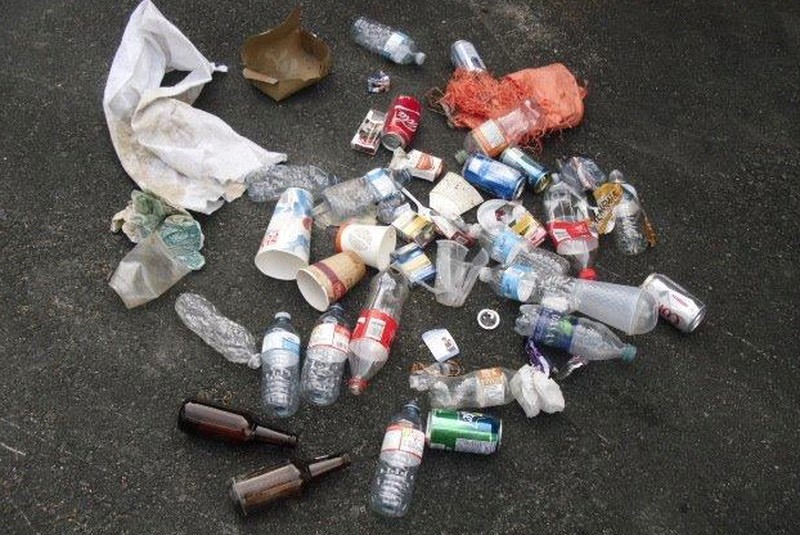

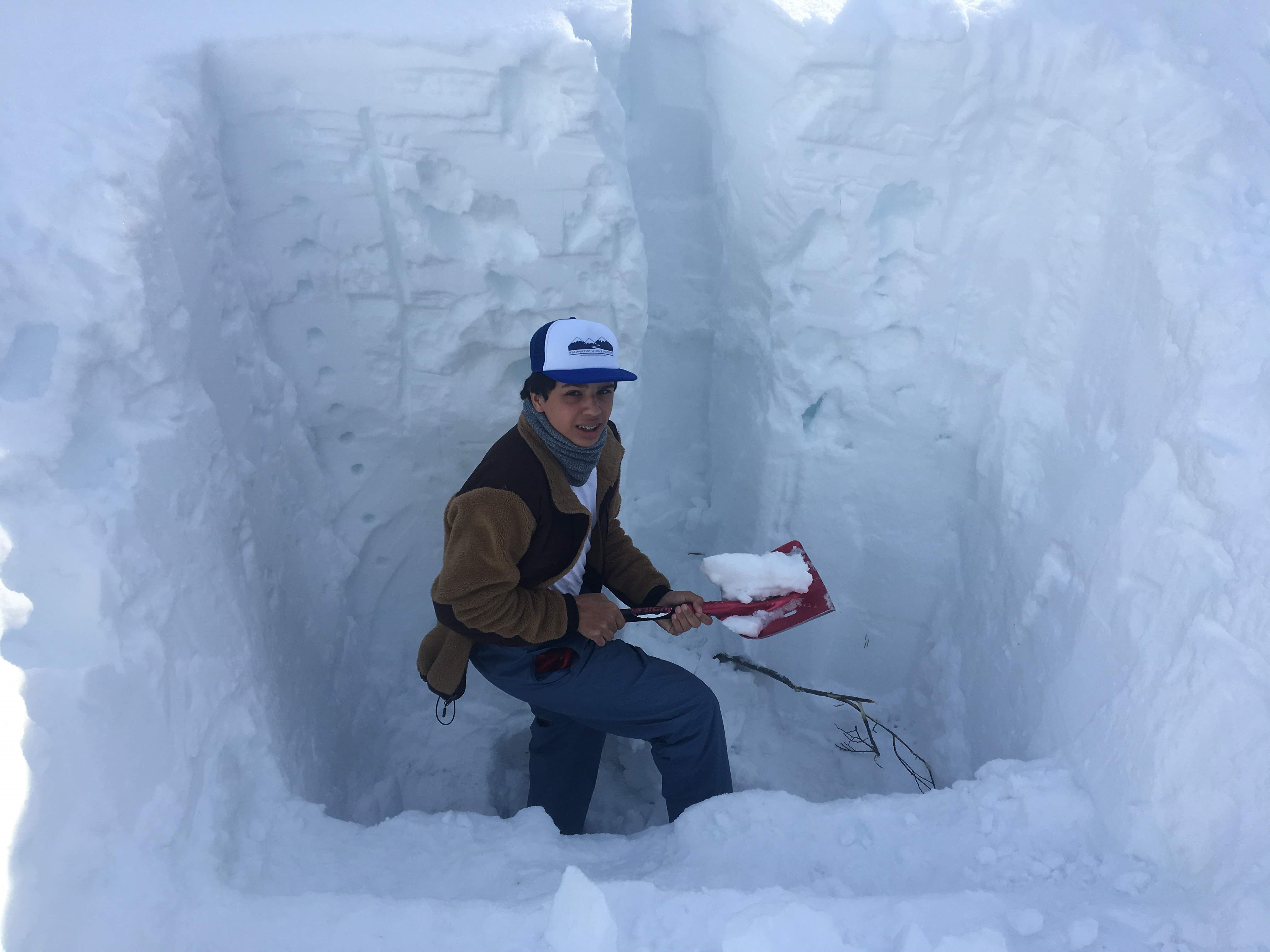
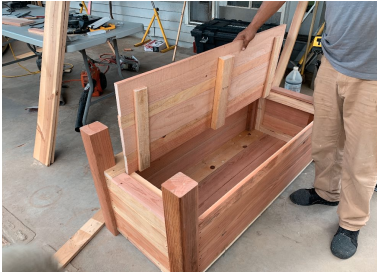
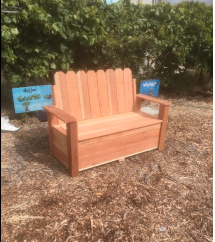
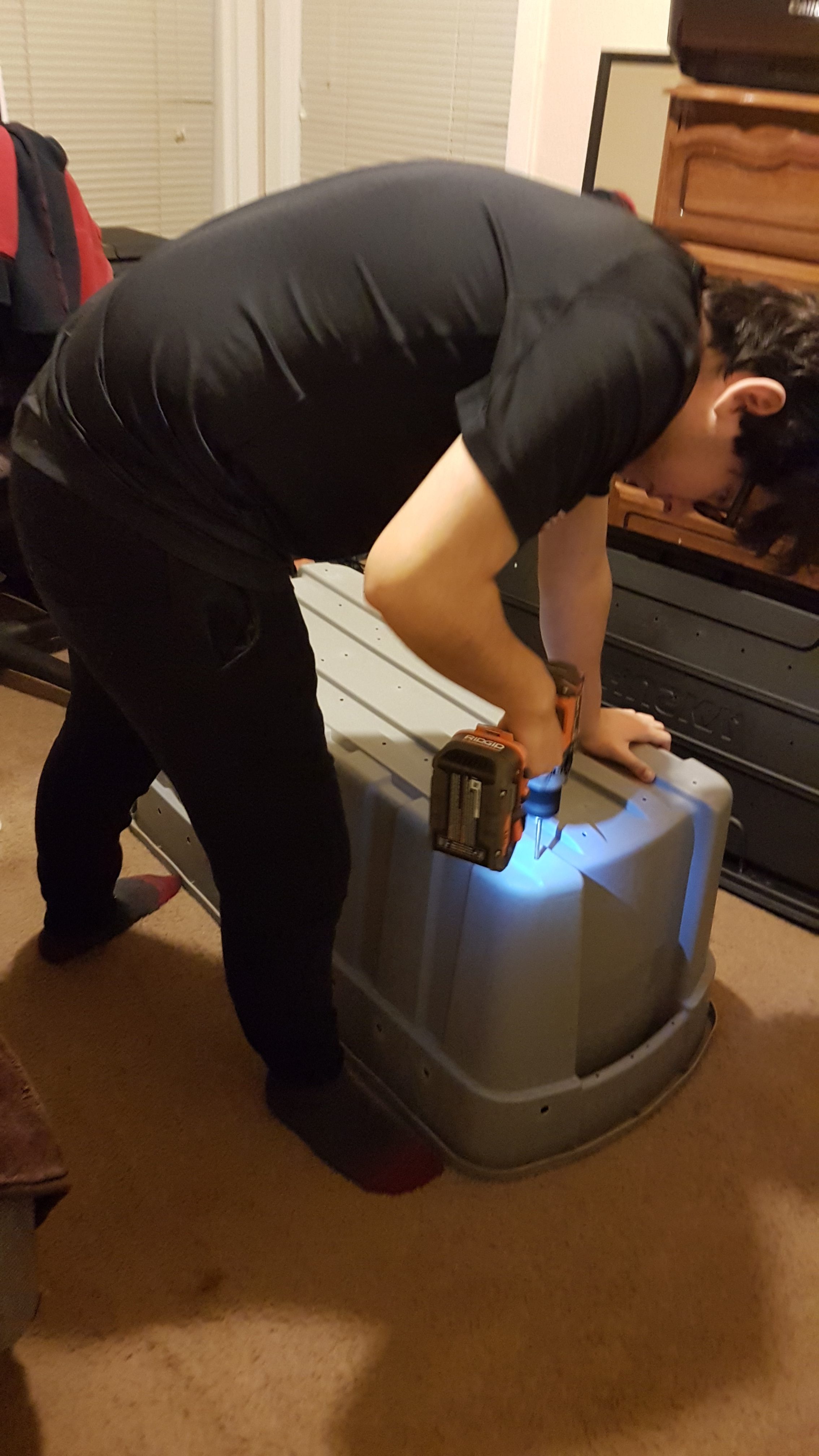 2019, Sacramento, California, USA
2019, Sacramento, California, USA